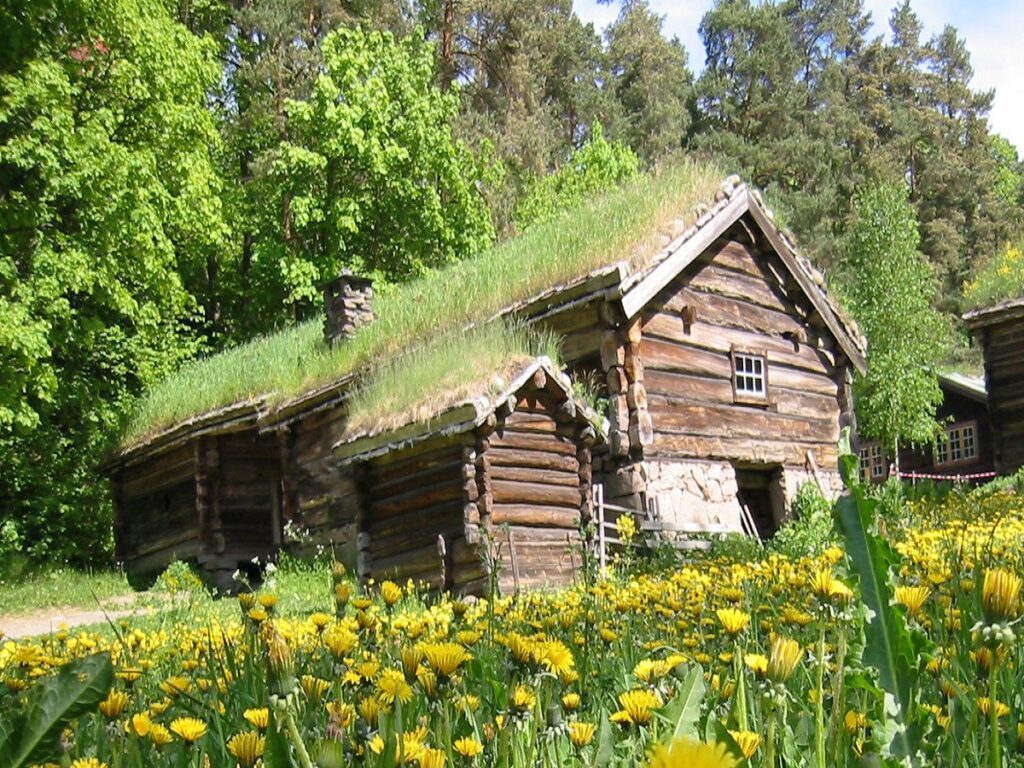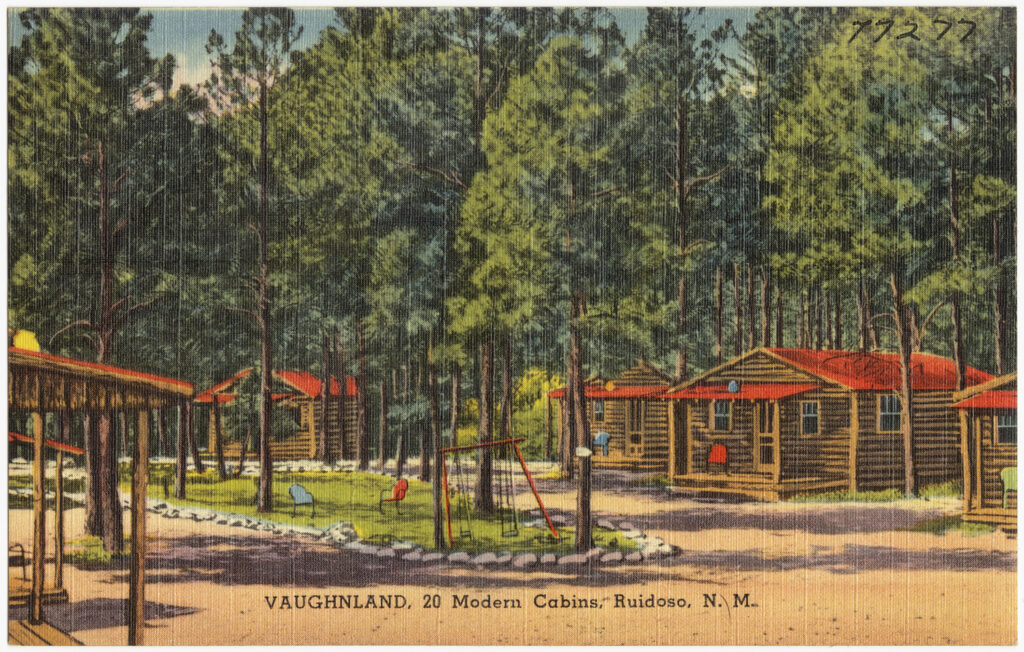Ruidoso’s peaceful reputation didn’t emerge overnight; it grew from a long history shaped by the soft rhythm of pine forests, clear mountain air, and the steady presence of the Rio Ruidoso. Founded in the late 1800s by settlers searching for water, shelter, and milder summers, the village formed slowly as cabins and trails appeared along the riverbanks. Over time, its natural calm became its defining character, drawing travelers, ranchers, and dreamers who appreciated a slower pace rooted in landscape and tradition.
Early Foundations of a Mountain Community

The story of Ruidoso begins with early homesteaders who followed the Rio Ruidoso for its steady water supply and gentle valley terrain. Using local timber, they raised log cabins that matched the rugged surroundings, creating a lifestyle shaped by simplicity and self-reliance. These first structures were modest but sturdy, and they established a tone of hand-built authenticity that still defines the region. Trails between cabins later formed the layout of the early village, guided more by the mountains than by any planned design.
How the Rio Ruidoso Shaped the Village
The Rio Ruidoso shaped nearly everything about the settlement, from where homes were built to how families survived their first winters. Its name, meaning “noisy river,” reflects the lively sound of flowing water that carried snowmelt through the valley. Yet despite the name, the river brought a quiet sense of continuity to daily life. Residents used it not only for drinking water and irrigation but also for gathering, fishing, and orienting early roads. Its presence became a natural guide for the village’s growth.
Building the First Cabins and Local Pathways

The first builders in Ruidoso relied entirely on natural materials, shaping logs and stones from the surrounding forest and riverbeds. Typical cabins were one-room structures with pitched roofs designed to shed mountain snow and withstand cold winds. These homes formed small clusters connected by footpaths worn into the ground. Over time, these simple paths became the blueprint for future roads. Even as larger structures appeared, the village kept much of its original hand-built texture and quiet rural charm.
The Arrival of Ranchers and Early Traders
By the early twentieth century, ranchers and traders began settling around Ruidoso’s valleys, attracted by open grazing lands and the protective cover of tall pines. They brought livestock, new skills, and wider networks of commerce that slowly expanded the village’s economy. Trading posts, barns, and corrals appeared near existing cabins, blending practical needs with natural surroundings. These early occupations helped anchor the community, turning Ruidoso from a loose cluster of homesteads into a recognizable settlement with shared purpose.
The Influence of Mescalero Apache Heritage
Long before settlers arrived, the Mescalero Apache lived throughout the region, shaping trails, traditions, and the cultural landscape. Their knowledge of the mountains, wildlife, and seasonal rhythms influenced how later residents understood the land. Many early routes used by settlers mirrored older tribal paths, while stories and customs connected people to the mountains in deeper ways. Today, the nearby Mescalero Apache Reservation continues to preserve and share that heritage, offering a historical foundation for Ruidoso’s identity.
Growth of Mountain Tourism in the Mid-1900s

As roads improved and automobiles became common, visitors began discovering Ruidoso’s mountain quiet. Small inns, lodges, and rental cabins emerged to welcome travelers looking for cooler temperatures and forest retreats. Tourism expanded steadily, but unlike crowded resort towns, Ruidoso kept its relaxing atmosphere. Developers built around natural features rather than replacing them, preserving views of peaks, streams, and wildlife. This careful growth helped balance modern convenience with the peaceful charm that visitors sought.
How the Forests Became Part of Local Life
Ruidoso’s forests have long been woven into the daily rhythm of the community, shaping how people work, relax, and connect with their surroundings. Families gathered firewood, followed quiet trails through the pines, and watched wildlife move gently across the landscape. Seasonal changes, golden leaves, winter snow, and spring growth became familiar markers of time. As the village grew, residents adopted conservation practices to protect these natural spaces, ensuring the forests remained central to local life. Today, they continue to provide calm, beauty, and a sense of belonging that defines Ruidoso’s mountain character.
Development of Landmarks and Gathering Spaces
As Ruidoso expanded from a scattering of cabins into a more connected village, certain landmarks emerged as natural gathering points. Early residents built churches, trading posts, and small meeting halls that offered places to exchange news, share meals, and celebrate seasonal events. As later generations added shops and rustic lodges, builders continued using familiar logs and stones that blended with the forested setting. These shared spaces helped shape Ruidoso’s identity, creating a welcoming atmosphere anchored in community tradition and simple mountain charm.
The Mountain Climate and Its Impact on Daily Rhythm
Ruidoso’s mountain climate has always influenced how people structure their days and seasons. Warm, breezy summers invite long hours outdoors, from tending gardens to walking shaded trails, while quieter winters bring evenings around wood stoves and slower routines shaped by snow and cooler air. This balance between active summers and reflective winters creates a gentle rhythm that residents grow to appreciate. The shifting weather still guides local life today, reinforcing the peaceful tempo that defines the village’s mountain character.
Ruidoso’s Modern Identity and Timeless Mountain Calm

Today, Ruidoso blends modern comfort with the same mountain calm that first attracted settlers. Though new shops, homes, and accommodations have appeared, the village maintains a deep respect for the land that shaped it. Trails remain shaded by pines, the river still guides the valley, and the quiet of the mountains continues to draw people seeking rest. Ruidoso’s story is not just about its past but about how its landscape and community spirit preserve a sense of peace that feels both enduring and renewed.
Comments